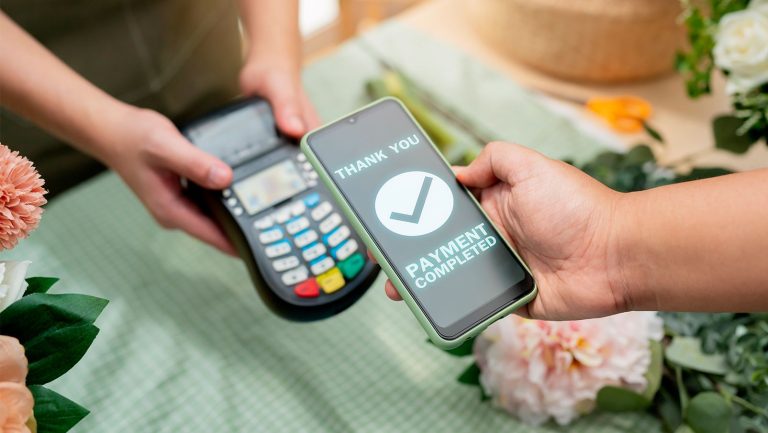In today’s fast-paced digital world, mobile payments have revolutionized the way we handle transactions. What once required physical cash, checks, or even cards can now be accomplished with a few taps on a smartphone. As more people embrace this technology, it’s worth exploring the factors driving its growth, the security features that protect users, and what the future holds for mobile payments
The Growth of Mobile Payments
The adoption of mobile payments has skyrocketed in recent years, driven by the increasing penetration of smartphones, improved mobile networks, and the desire for convenience. According to industry reports, the global mobile payment market is expected to reach over $12 trillion by 2027, growing at a compound annual growth rate (CAGR) of over 30%.
Several factors contribute to this rapid expansion:
- Convenience: Mobile payments allow users to make purchases anytime, anywhere, without the need to carry physical wallets. Whether you’re shopping online, dining at a restaurant, or splitting a bill with friends, mobile payments streamline the process.
- COVID-19 Pandemic: The pandemic accelerated the adoption of contactless payment methods. People became more conscious of hygiene and sought out ways to minimize physical contact, leading to a surge in mobile payment usage.
- Global Integration: Companies like Apple Pay, Google Wallet, Samsung Pay, and various fintech startups have made it easier for consumers to adopt mobile payments. These platforms offer seamless integration with existing banking systems, making it simple to link bank accounts and credit cards.
- Incentives and Rewards: Many mobile payment platforms offer rewards, discounts, and cashback offers, further enticing consumers to switch from traditional payment methods.
Security Features of Mobile Payments
One of the primary concerns for consumers when adopting new technology is security. Fortunately, mobile payment platforms have incorporated robust security features to protect users’ financial information:
- Encryption: Mobile payment apps use encryption to safeguard transaction data. This ensures that even if the data is intercepted, it remains unreadable to unauthorized parties.
- Tokenization: Instead of transmitting actual card details, mobile payment systems use tokenization. This means that a unique token is generated for each transaction, which cannot be reused or traced back to the original card.
- Biometric Authentication: Many mobile payment platforms require biometric authentication, such as fingerprint scanning or facial recognition, adding an extra layer of security to transactions.
- Two-Factor Authentication (2FA): Some apps require 2FA, where users must verify their identity through a secondary method (e.g., a text message code) before completing a transaction.
The Future of Mobile Payments
As technology continues to evolve, the future of mobile payments looks promising. Here are a few trends to watch:
- Integration with Wearables: Payments through smartwatches and other wearable devices are expected to become more prevalent, offering even greater convenience for users.
- Blockchain and Cryptocurrency: The integration of blockchain technology could further enhance the security and transparency of mobile payments. Additionally, the growing acceptance of cryptocurrencies could lead to their inclusion in mainstream mobile payment systems.
- AI and Personalization: Artificial Intelligence (AI) is set to play a significant role in mobile payments, providing personalized offers and insights based on user behavior and preferences.
- Cross-Border Transactions: As the world becomes more interconnected, mobile payment platforms will likely focus on facilitating seamless cross-border transactions, reducing the complexity and cost of international payments.
- Financial Inclusion: Mobile payments have the potential to bring financial services to underbanked and unbanked populations around the world. With just a smartphone, individuals can access banking services, make payments, and participate in the global economy.
Conclusion
Mobile payments are not just a trend; they represent a significant shift in how we manage our finances. With the convenience, security, and growing acceptance of this technology, it’s no surprise that mobile payments are becoming the preferred method of transaction for millions of people worldwide. As we look to the future, it’s clear that mobile payments will continue to evolve, offering even more innovative solutions to meet the needs of consumers and businesses alike.
This blog should provide your readers with a comprehensive overview of mobile payments, their benefits, security features, and future potential.
